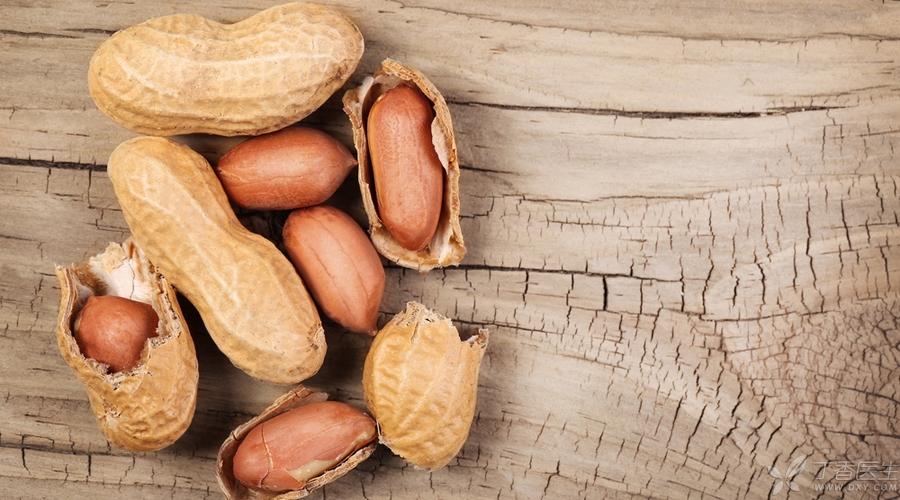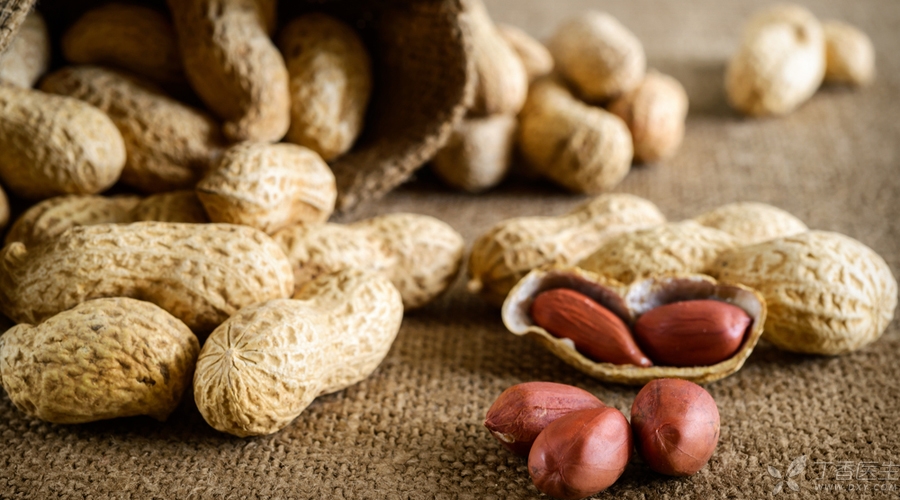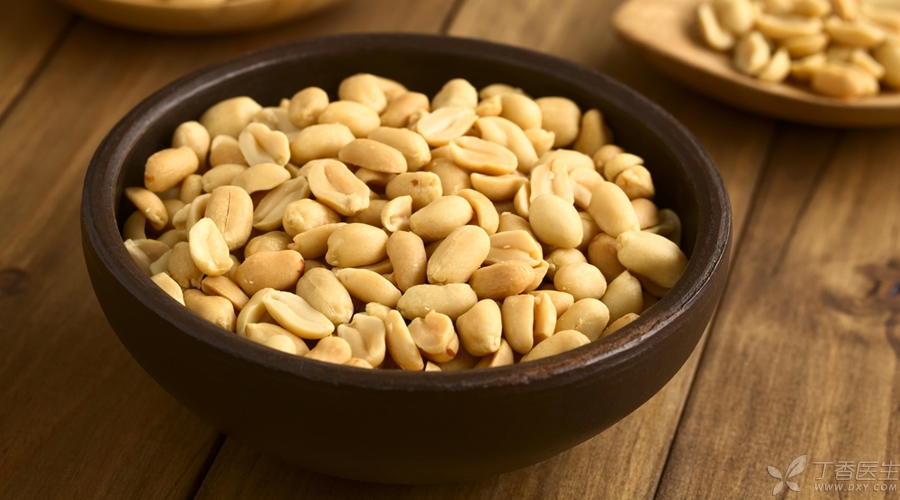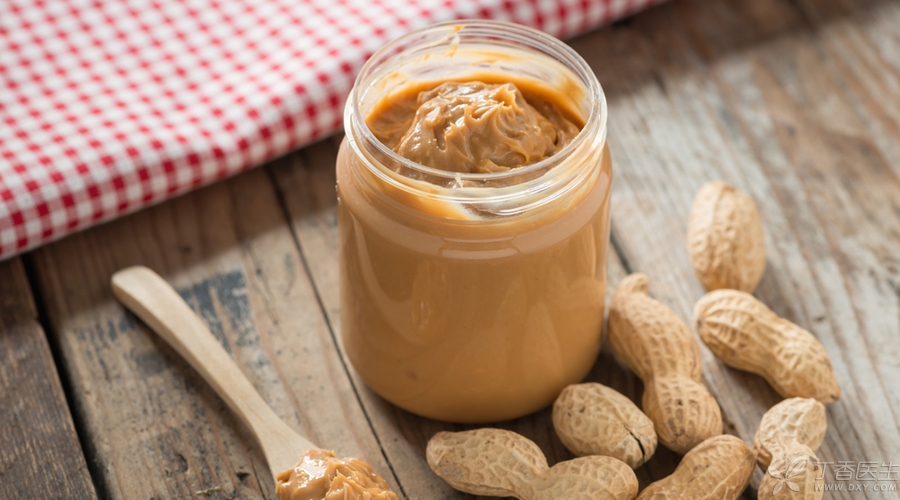
Do you still remember Xu Dishan’s text “Peanuts”?
Who can tell the benefits of peanuts?
Sister said: Peanuts are delicious.
Brother said: Peanuts can extract oil.
I said: Peanuts are cheap, anyone can buy them and like them. This is its advantage.
Father said: Peanuts have many advantages, one of which is the most valuable: their fruits are buried in the ground, unlike peaches, pomegranates and apples, which hang bright red and light green fruits high on the branches, so that people will love them when they see them. Look at its low growth on the ground. When it is ripe, you cannot immediately tell whether it has fruits or not. You must dig it out to know.
It is true that peanuts are ugly and cheap, but they taste not bad at all and are especially useful. Nutritionist Gu Zhongyi teacher, to give you a comprehensive introduction to the health benefits of peanuts.
He looks mediocre and has no shortage of nutrition.
Compared with common nuts, peanuts have the same dietary fiber, total fat and fatty acid ratio as common nuts, relatively more protein and vitamin B1 contents, and surprisingly high nicotinic acid content.
Therefore, although peanuts look ordinary, they are rich in internal nutrition.
Although peanuts are small, they have many benefits.
The health benefits of eating peanuts regularly are similar to those of ordinary nuts, which help reduce the risk of cardiovascular diseases.
Does peanuts have a special effect on what?
There is indeed an interesting experiment. A paper published in 2002 shows that:
After replacing the corresponding 500 kilocalories with peanuts, the subjects’ weight did not increase, but their basal metabolic rate increased.
The possible reason is that peanuts have a strong sense of satiety, a certain amount of dietary fiber, and a relatively slow digestion speed. After eating peanuts, it is less easy to go greedy and eat more other foods.

A study from Harvard University’s diet survey of 51,188 women also showed that:
Daily intake of nuts is associated with a slight reduction in the risk of obesity.
As long as you take it in moderation, a diet containing nuts will not increase your weight, body mass index and waist circumference, making you fat.
This is not the case with people who believe that peanut red clothing has a special blood enriching effect. Red clothing contains natural red pigment and polyphenols such as resveratrol and proanthocyanidins, which have no what relationship with [enriching blood].
Good things, don’t be greedy
Although nuts such as peanuts are very nutritious, their fat content is not low.
Half a kilo of peanuts (probably eating the bowl of peanuts in the figure below at one time) has 1,400 kilocalories, accounting for more than half of the recommended daily calories intake!

If you ingest too much unconsciously, it will also lead to excessive energy intake, so moderation is very important.
In the 2016 edition of the Dietary Guidelines for Chinese Residents, it is recommended to consume 25-35g of soybeans and nuts every day.
Taking into account the beans in the three meals, it is appropriate to eat about 20 additional peanuts every day.
If you eat like this, you will have both delicious and healthy taste.
1. Don’t eat moldy peanuts
Beware of aflatoxin and never eat moldy peanuts.
When buying bulk products, you should carefully distinguish them. If you find moldy when cooking a pot of peanuts, it is recommended to discard the whole pot.
2. The original taste is healthier.
If you are buying prepackaged foods, you’d better choose complete original peanuts to avoid oxidation of unsaturated fatty acids or intake of more sugar, sodium and fat.
If you cook yourself, you can choose boiled peanuts, dry fried peanuts and vinegar peanuts, which are much healthier than fried peanuts.

3. Make good use of peanut products for seasoning
As a condiment and staple food, for example, smearing bread with peanut butter helps to improve postprandial blood sugar. Similarly, you can also try to mix cold noodles or mix milk powder with peanut powder.
Step 4: Skillfully make matches or snacks
Peanuts are added to the main meal as cooking accessories, such as coarse cereal porridge made with soybeans and coarse cereals, or as snacks between meals.
Of course, be careful not to overdo it.
